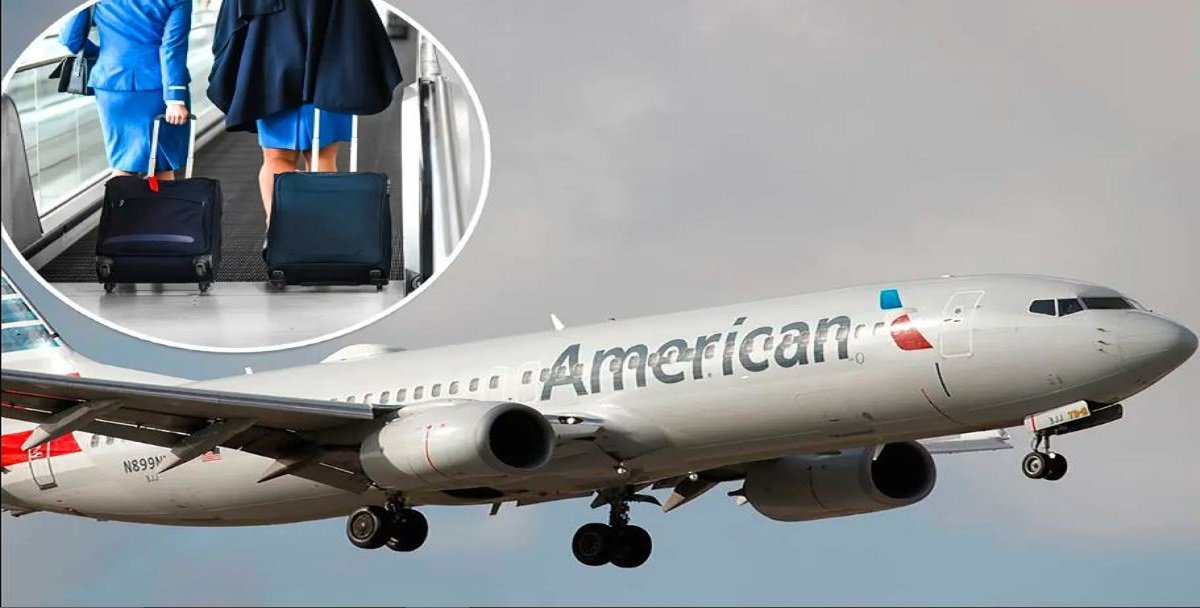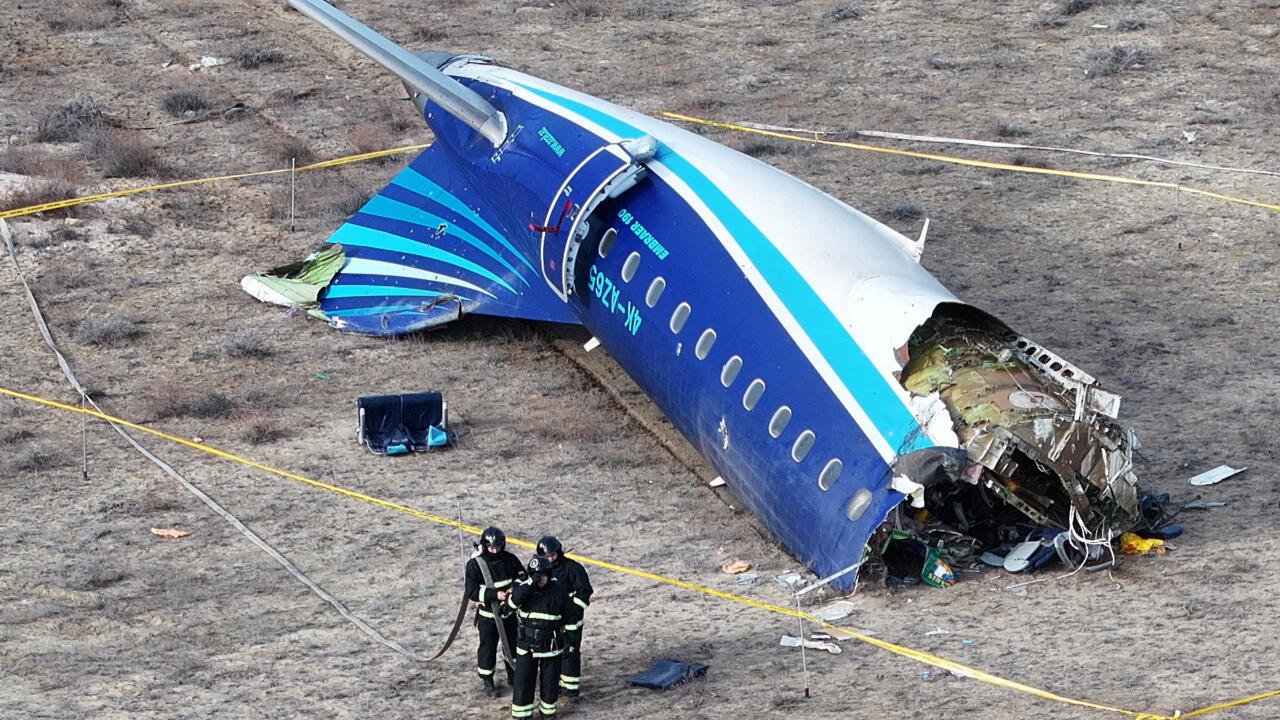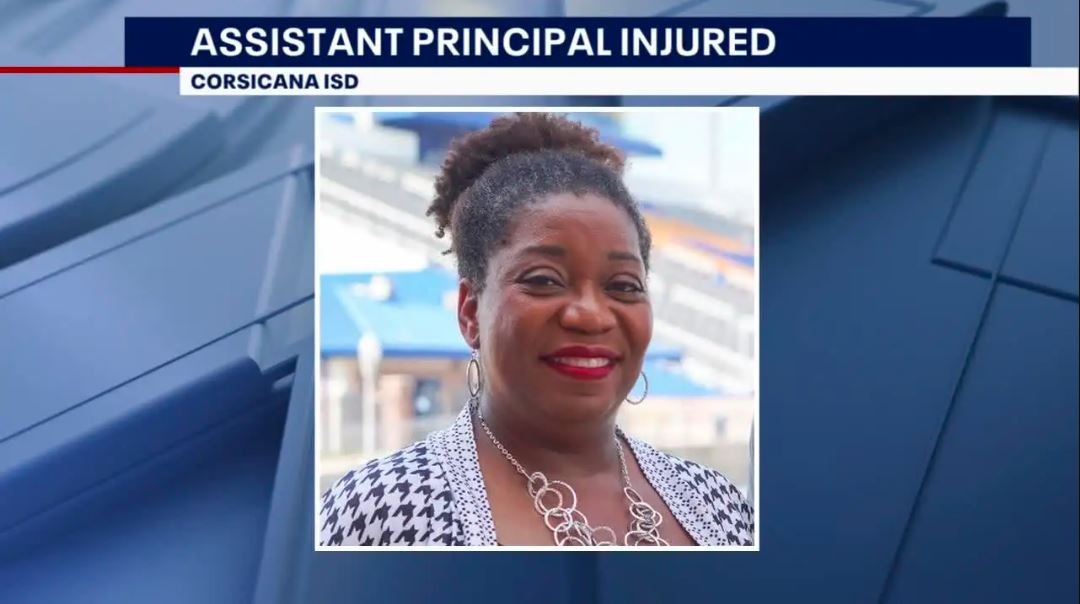Turbulence can be one of the most unsettling experiences for airline passengers. Recently, an American Airlines flight between Tampa and Charlotte experienced unexpected turbulence, making headlines and raising questions about flight safety and what passengers should expect in such situations. This article delves into the details of this incident, its implications for travelers, and what you should know to stay informed and prepared.
The Incident: American Airlines Flight Between Tampa and Charlotte
Overview of the Turbulence
On [specific date], an American Airlines flight traveling from Tampa, Florida to Charlotte, North Carolina encountered significant turbulence that disrupted the flight. The turbulence was described as unexpected and severe, leading to concerns and discomfort among passengers. Such incidents can be alarming and prompt a thorough examination of flight safety protocols and passenger preparedness.
What Happened
According to initial reports, the turbulence occurred during the flight’s cruising altitude, which is typically when turbulence is less common. The aircraft, a [specific aircraft model], was en route to Charlotte when it suddenly experienced rapid and intense shaking. This unexpected turbulence caused a temporary loss of altitude and resulted in a noticeable jolt for those onboard.
Causes of Turbulence
Types of Turbulence
Understanding the causes of turbulence can help alleviate concerns and better prepare passengers for similar situations. There are several types of turbulence that pilots may encounter:
- Clear Air Turbulence (CAT): Occurs at high altitudes in clear air, usually associated with jet streams and atmospheric pressure changes. This type is difficult to predict.
- Mechanical Turbulence: Caused by airflow disturbances over terrain or man-made structures, such as mountains or buildings.
- Thermal Turbulence: Resulting from convective currents and rising warm air, often experienced during hot weather.
- Wake Turbulence: Created by the passage of another aircraft, particularly large ones, and can affect planes following closely behind.
Factors Contributing to Unexpected Turbulence
Several factors can contribute to unexpected turbulence during a flight:
- Weather Conditions: Sudden changes in weather, such as thunderstorms or strong winds, can create turbulence.
- Jet Streams: High-altitude, fast-moving air currents can cause turbulence when intersected.
- Geographical Features: Mountain ranges and other terrain can disrupt airflow, leading to turbulence.
- Aircraft Design and Load: The weight and balance of an aircraft can influence its susceptibility to turbulence.
Passenger Safety and Response
What to Do During Turbulence
For passengers, experiencing turbulence can be disorienting and stressful. Here are some safety tips to follow:
- Fasten Seatbelts: Always wear your seatbelt when seated, as it is your primary protection against turbulence.
- Stay Calm: Turbulence is a common occurrence and aircraft are designed to handle it. Remaining calm can help you manage the situation better.
- Follow Crew Instructions: Pay attention to flight attendants and follow their guidance. They are trained to handle in-flight emergencies and ensure passenger safety.
Aircraft and Crew Preparedness
Pilots and flight crews are trained to handle turbulence and other in-flight challenges. Aircraft are built to withstand severe turbulence, and pilots receive detailed briefings on weather conditions and potential turbulence before takeoff. During turbulence, pilots adjust the flight path and altitude as needed to ensure passenger safety.
Aftermath of the Incident
Response from American Airlines
Following the incident, American Airlines conducted a thorough review of the flight and its procedures. The airline’s response typically includes:
- Passenger Support: Providing assistance and support to affected passengers, including medical evaluations if needed.
- Investigation: An investigation into the cause of the turbulence and any contributing factors. This includes reviewing flight data and weather conditions.
- Communication: Keeping passengers informed about the incident and any actions taken to prevent future occurrences.
Impact on Passengers
Passengers who experience severe turbulence may be shaken but are generally safe. Airlines and medical professionals assess any injuries or health concerns and provide appropriate care. Emotional support and counseling are also available for those affected by the incident.
Preventive Measures and Tips
How to Minimize Discomfort
While turbulence is often unavoidable, there are ways to minimize discomfort during your flight:
- Choose Your Seat Wisely: Sitting over the wings, where the aircraft’s movement is less pronounced, can reduce the feeling of turbulence.
- Stay Hydrated: Drinking water and avoiding excessive alcohol can help maintain comfort during the flight.
- Relaxation Techniques: Practice deep breathing or listen to calming music to ease anxiety.
Airline Policies and Procedures
Airlines continuously review and update their policies and procedures to enhance passenger safety and comfort. Understanding these policies and how airlines handle turbulence can provide reassurance and help passengers feel more prepared.

Conclusion
The American Airlines flight between Tampa and Charlotte experienced unexpected turbulence serves as a reminder of the dynamic nature of air travel. While turbulence can be unsettling, understanding its causes and the measures taken to ensure safety can help alleviate concerns. By following safety guidelines and staying informed, passengers can better manage the experience and contribute to a safer flying environment.
FAQs
Always fasten your seatbelt, stay calm, and follow the instructions of the flight crew. Turbulence is common, and aircraft are designed to handle it safely.
Turbulence can be caused by various factors, including weather conditions, jet streams, geographical features, and aircraft design. Clear Air Turbulence (CAT) is one of the most common types that occur unexpectedly.
Airlines conduct thorough reviews of the incident, provide support to affected passengers, and investigate the causes of the turbulence. They also communicate with passengers about any actions taken to prevent future occurrences.
Choosing a seat over the wings, staying hydrated, and practicing relaxation techniques can help minimize discomfort during turbulence. However, it’s important to remember that turbulence is a normal part of air travel.
Modern aircraft are designed to withstand severe turbulence, and pilots are trained to manage in-flight challenges. Turbulence is generally a temporary discomfort rather than a significant safety concern, with aircraft systems and crew ensuring passenger safety.



